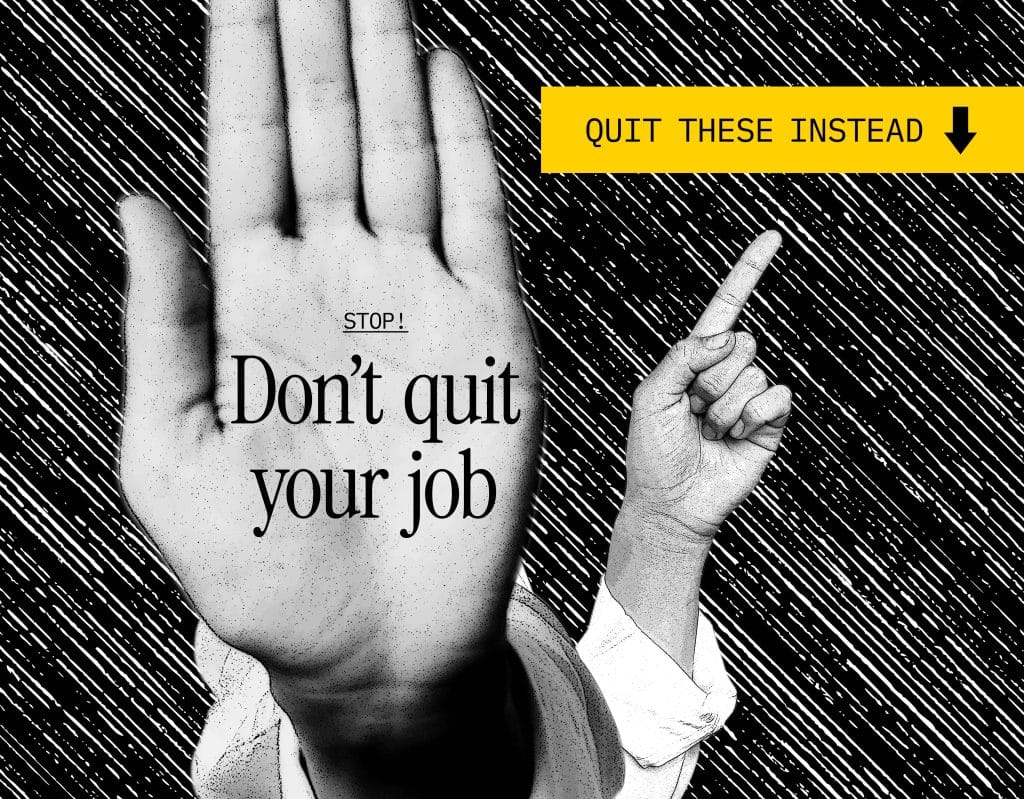
In today’s competitive job market, it’s often assumed that employees leave their positions for better opportunities, higher salaries, or more fulfilling work. While these factors certainly play a role, research by MIT Sloan on the Great Resignation in 2021 found that the most significant factor leading to employees quitting their jobs is a toxic workplace culture.
What makes a workplace toxic?
A company’s culture makes or breaks the working environment for most employees—and this trend persists across all 38 industries that MIT Sloan studied. A toxic workplace culture is 10.4 times more likely to result in employees quitting than low compensation.
Surprisingly, the study found that companies with higher levels of innovation are more likely to have toxic working environments. This is because keeping up with the latest innovations requires employees to work at a faster pace, put in long hours, and endure more stress than those at slower-moving companies.
However, a toxic workplace involves more than just a lack of work-life balance. A range of issues such as micromanagement, ineffective communication, unrealistic expectations, and a lack of employee support contribute to a negative work atmosphere.
Micromanagement
Micromanagement is one of the most prevalent traits of a toxic workplace. This management style involves excessive oversight and control over every aspect of an employee’s work.
While well-intentioned managers may believe they are ensuring quality and consistency, micromanagement often has the opposite effect. It undermines employees’ confidence and reduces their motivation. When employees feel that every move is being scrutinised and they lack autonomy, they tend to experience increased stress and a diminished sense of fulfilment in their work.
Micromanagement also symbolises a lack of trust in employees, which can sour employer-employee relationships and lead employees to seek a workplace where they feel more valued and trusted.
Ineffective Communication
Effective communication is the cornerstone of a successful company, and workplaces that suffer from frequent communication breakdowns between teams or departments can quickly become toxic.
Ineffective communication can manifest in various ways: unclear instructions, lack of feedback, and insufficient information sharing, to name a few. This affects more than just work accuracy and productivity. In environments where miscommunication abounds and assumptions are made to compensate for a lack of information, frustration and disengagement can turn into rumours and gossip, sometimes leading to slander and bullying.
Employees thrive in environments where communication is open, transparent, and constructive. No one likes working in a culture where blame is frequently passed around, and asking questions is discouraged.
Unrealistic Expectations
Closely tied to ineffective communication is another hallmark of a toxic workplace—unrealistic expectations.
Companies that set unattainable goals and deadlines place immense pressure on their employees, often leading to long hours, chronic stress, and burnout. When employees are expected to perform miracles without the necessary resources or support, their job satisfaction plummets.
Once they feel trapped in a cycle of overwork and underachievement, they are likely to seek positions elsewhere, where their contributions are more realistically acknowledged and rewarded.
Lack of Employee Support
A lack of employee support can take many forms, from insufficient recognition and encouragement to inadequate training and mishandling cases of discrimination and workplace harassment.
When employees do not receive the support they need to thrive, they often feel isolated and undervalued. Alienated employees are unlikely to perform effectively or find satisfaction in their work. Poor support structures often lead to the proliferation of negative social practices, such as the formation of cliques or unhealthy competition between peers, resulting in a downward spiral of toxicity.
Do you recognize any of these toxic workplace traits in your own company? Recognizing and addressing toxic work practices is the first step toward retaining talent and fostering a positive work environment.
After all, people don’t quit jobs—they quit toxic workplaces. Investing in a positive work culture is not just good for employees; it’s good for business.


